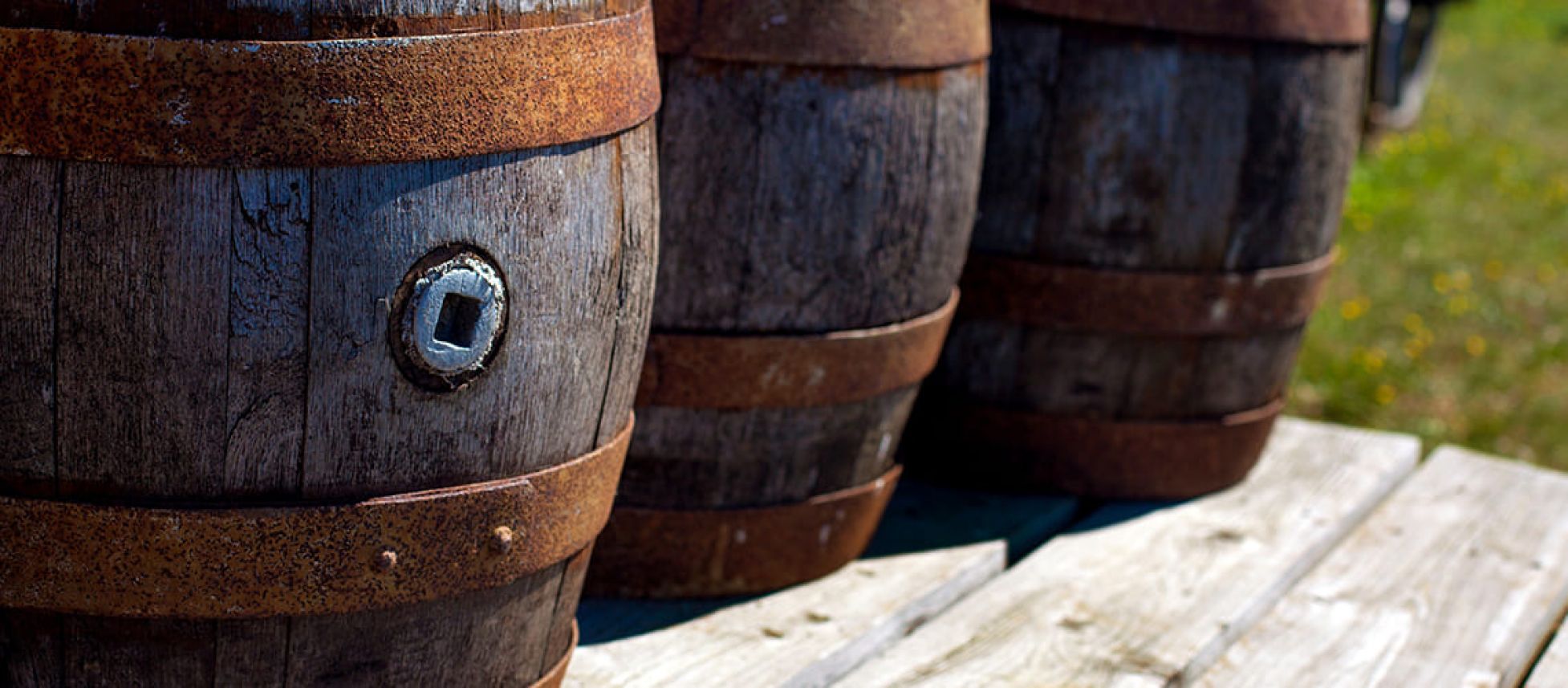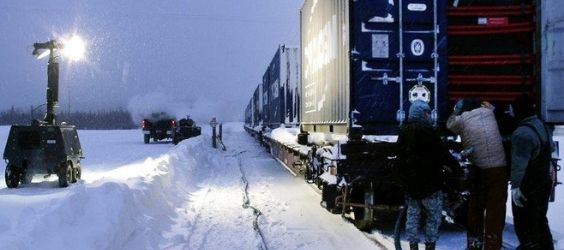Blog
Insights
Everything You Need to Know About Bulk Wine Transport

Things to keep in mind while shipping bulk wine to the United States.
From grape cultivation to the tasting, wine is a product which requires expert transport. Owners of vineyards and wine-sellers have to face several challenges in supply and logistics chain management while transporting bulk quantities of wine.
The total wine consumption in the United States was 949 million in 2016, according to Wine Institute. A year later, in 2017, major fires in California delayed the shipments. As a result, the bulk wine transport sector experienced a predictable year-over-year underperformance of volume. Wineries in 2018 shipped over 6 million cases of wine while the consumers spent $3 billion on DTC wine shipments. The wine transport sector has to be considerate regarding international transport because of product fragility, and high value. That is why the US is a desirable target market for domestic and foreign wine producers.
Let’s talk about the overview of shipping bulk wine, hauling options, and other things to consider while dealing with bulk wine transportation in the United States.
The Temperature Quotient
Being sensitive to the temperature, wine is highly affected by extreme humidity, cold, heat, and thermal fluctuations. The temperature must be kept between 55 and 65 degrees Fahrenheit with minimal variation during shipping bulk quantities of wine. Precautions should be taken as the spoiling or tainting of wine can be caused by contamination, re-fermentation or oxidation.
Everything from the transit to the labels and packaging impact the bulk wines. The seasonality and geography must be taken into consideration while shipping bulk quantities of wine. While shipping bulk wine, the decisions made to choose the routes must be analyzed by going through the historical data regarding humidity, temperature, and shipping routes.
The owners of the wine may choose to ship in refrigerated or dry containers. The impacts of extreme humidity and temperature in dry containers can be reduced by using protective foil designed to fit inside the dry containers and protect the wine. This foil reduces the risks without the expense of using a refrigerated shipping container and also saves you from cutting down the size of the load.
The Laws & Regulations
Wine shippers must stay updated with all the government regulations, which include - maritime law protocols, amendments, and the United States safety laws. If the regulations are not followed, the containers can be detained at the port terminals, orders can be delayed, and non-compliance penalties and fines can be charged.
Whenever a new law comes into effect, all the regulations must be considered regarding the enforcement and application - the weight of each shipment must be calculated, verified, and sent to numerous destinations.
According to Forbes in 2018, after a long time in more than a decade, the U.S government showed interest to rethink on the matters of wine and spirits transportation. The United States government re-evaluated the laws of how to sell wine and spirits, both within and between various states in the country.
To know more about it, click.
Quality as well as Quantity
According to research by Wrap in 2008, unless a wine has been produced with longevity and aging goal, the minute wine is bottled, the deterioration process begins. This is when the shelf life starts. The brand name of a premium wine may be affected if the consumers have a negative perception of the quality. This fear is found in the wine producers because good brand positioning can require innumerable years to achieve, and can be lost in just minutes. So it is very important to know which type of transport is better for the quality as well as quantity of the business.
The effects of temperature, fermentation, and oxygen should be studied to make sure the best possible management of quality and quantity while transporting bulk wines. The risks can be reduced by implementing proper methods for bulk shipping.

The Transport Vehicle
The wine consumption has increased so to keep up with the demand, wine production has also increased. There are two alternatives to ship bottled wine - Flexitank and the ISO Tank.
The Flexitank Truck
Flexitank consists of fitting plastic and disposable bags into a twenty-foot container. Flexitank transport is generally used once, but it is capable of being re-used. The components of the bags have variations which depend on the particular product transported. The newest systems, according to the Kan-Haul are made from polyethylene, and EVOH or ethylene-vinyl alcohol copolymer is used for a barrier material to prevent the quality from being affected. The design of the bags is such that they are effective against material that can taint the wine including naphthalene.
The ISO Tank Hauler

The ISO tank shipments consist of steel tanks that can be reused again. These tanks are designed in a way that they can fit into a standard truck and are easily transferred to either sea or rail transport. ISO tanks can hold up to 26,000 liters of liquid & are also capable of transporting hazardous materials, which makes them robust, and reusable.
While shipping bulk quantities of wine, risk management, and optimization are major factors. A balance must be maintained between the inventory, time, and lowering costs to prevent interruptions in the supply chain.
2024 Exhibitor registration is now open. Get in early at the lowest price and select your table first. See exhibitor pricing.


